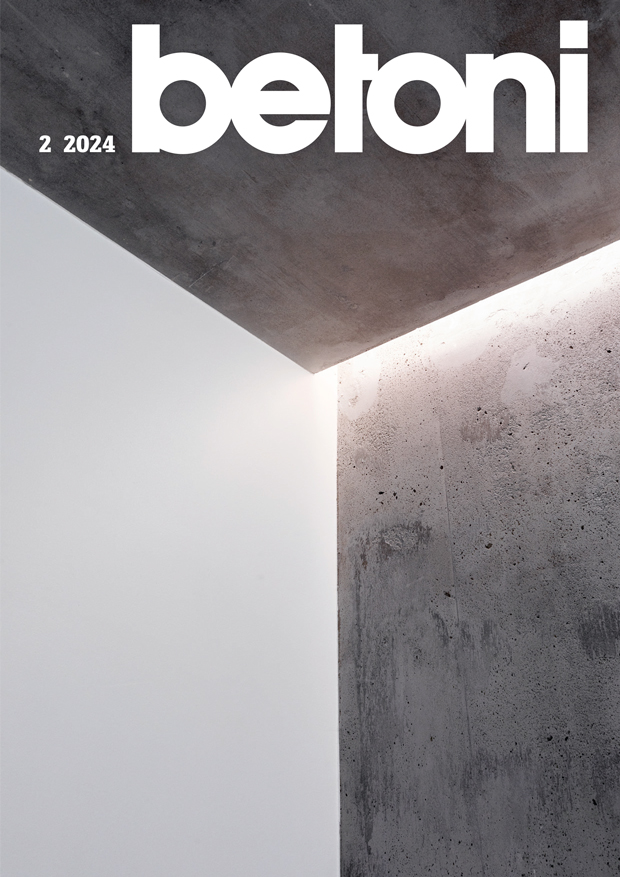In English | Issue 1/2022
Compatibility between screeds and resin finishes

There has been use for resin finishes in industrial floors as well as secondary space floors for a long time. The resin finishes have started to replace vinyl floor coverings in public construction in recent years. The substrate of the resin finishes must be significantly smoother than for example the vinyl floor coverings substrate. For that reason, screeds have been used under resin finishes in public buildings.
However, the use of screeds under resin finishes has not gone without problems. The screeds might break under the resin finish when the resin finish is drying or under duty. Sometimes adhesion between screed and resin finish has failed. In some cases, the primer of the resin finishes has not been able to dry normally on top of the screed. Also, in some cases the variation of the screed regularity has been great due to air bubbles.
The purpose of this thesis was to find out the reasons for these problems and the ways to avoid them.
With the right products and careful work excellent substrate for resin finish can be achieved. Special attention should be paid to careful priming, amount of added water, surface finishing and conditions during screed laying. The screed should also have reached sufficient strength before coating.
At the moment the biggest problem seems to be unawareness of the chemical incompatibility between screeds and resin finishes. For that reason, compatibility needs to be separately checked out for each product and hence the screed should be selected in cooperation with a manufacturer. A more effective way would be to identify the components of the screed which are not compatible with different resin finishes. In this case, the screeds which will be coated by resin finishes could be required to be free from incompatible additives, much like screeds are required to be casein-free, or the incompatible components ratio could be limited.




